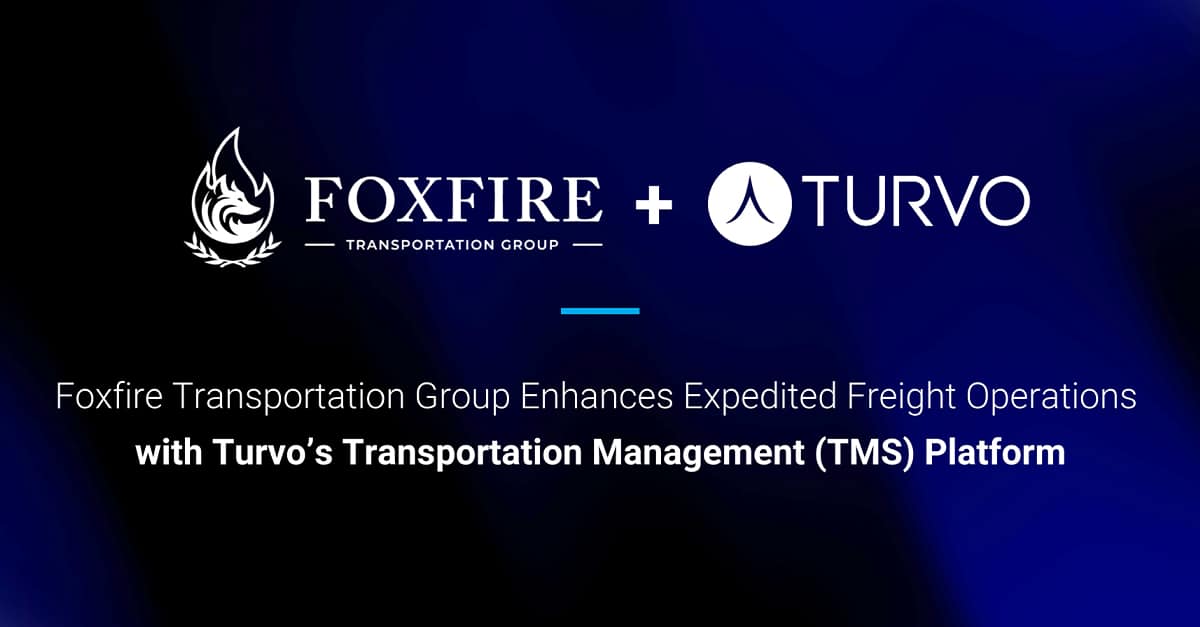Supply chains are more complex and exposed to a wider array of risks than ever before in today’s globalized economy. From natural disasters and pandemics to cyberattacks and political instability, the potential disruptions are vast and varied. Effective supply chain risk management is essential for building operational resiliency and ensuring continuity in business operations. This blog post explores strategic approaches to mastering supply chain risk management, ensuring that businesses can respond to and recover from disruptions swiftly and efficiently.

Enterprise-Grade Security in Motion: Protecting Your Sensitive Logistics Data with Turvo
Explore Turvo’s enterprise-grade security measures designed to safeguard your critical logistics data, from network security to disaster recovery.








